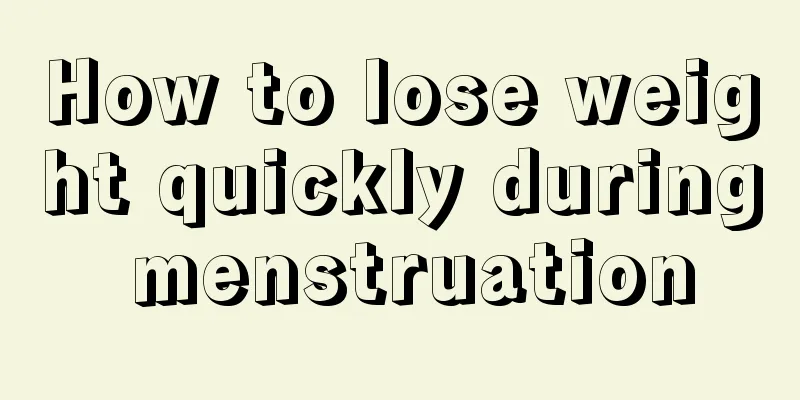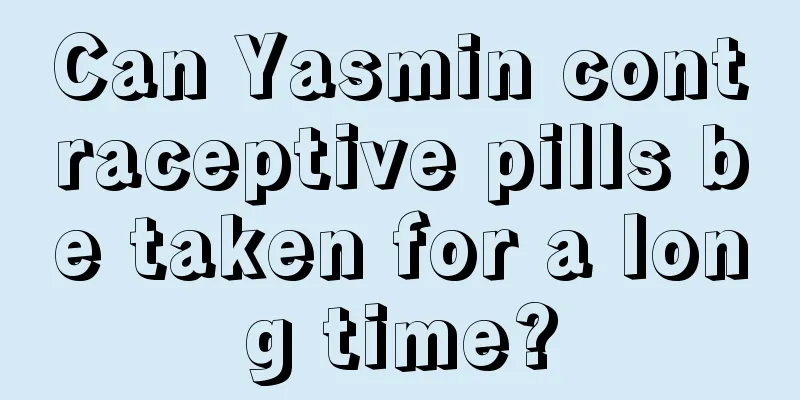Is it necessary to drain residual milk?

|
Many inexperienced mothers often feel breast pain during breastfeeding. The milk is too abundant and the pain is unbearable every time. Some people do not understand and often do not know how to drain the milk, which causes the breast milk to deteriorate and even the areola phenomenon. The residual milk must be drained, otherwise it will cause harm to the health of the body and may even cause pathology. ● ● ●After weaning, what happens to the milk in the breast? After weaning, there is indeed residual milk in the breasts, because as long as you are still breastfeeding, milk will continue to be produced, it is a part of our body. Even after stopping breastfeeding, some milk will still remain in the mammary alveolar cells, which will change as the glands degenerate. First, the water content gradually decreases, and the proportion of protein and fat increases. Then, as the concentrations of chlorine, sodium, etc. in the milk continue to increase, the milk will gradually become thicker and even like toothpaste. This is all normal. Of course, only white, milky white, and yellow are normal. If it is red or other abnormal secretions, you must go to a professional breast department for examination. ● ● ●Where does the milk go after weaning? After weaning, the glands that secrete milk will degenerate and the alveolar cells will gradually atrophy, just like an army withdrawing after a battle. These cells related to milk secretion begin to retreat to the second line, and the remaining milk will be broken down and swallowed by phagocytes and then digested. As for when the milk can be digested, there are great individual differences. The fastest is a few months, and the slowest is one or two years. There is no need to panic if a little thick milk occasionally overflows during this period. As long as there is no obvious discomfort (redness, swelling, heat, pain, etc.), no treatment is required. Some mothers squeeze out thick white liquid with their hands after weaning for a period of time. They panic and think that they are abnormal and are afraid that the accumulation of liquid inside will cause cancer. In fact, there is no need to worry. This is perfectly normal. ● ● ●After weaning, you should reduce stimulation to the breasts. The secretion of milk depends on the prolactin secreted by the pituitary gland, and the baby's sucking and the emptying of the breasts can stimulate the production of more prolactin. So the more the baby eats, the emptier the breasts are, and the more prolactin is secreted! The secretion of prolactin needs to be reduced during weaning. In addition to the baby no longer sucking, the emptying of the breasts also needs to be reduced. The purpose of storing milk in the breasts is to stop the secretion of prolactin. If the breasts are emptied artificially, wouldn't it promote the secretion of prolactin? This will hinder the smooth progress of weaning! After weaning, you should reduce stimulation to the breasts. It is not advisable to squeeze out by hand. Instead, it will stimulate the breasts to secrete milk and is more likely to cause breast engorgement and mastitis. Mothers do not need to squeeze by hand at ordinary times, just let it absorb naturally. ● ● ●Gradual and scientific weaning advocates gradual weaning to achieve natural weaning. Mothers should gradually reduce the number of breastfeeding times. As the baby sucks less, milk secretion will naturally decrease, and the milk will be gradually weaned off until it stops completely. Click here to view the weaning method! If you have a lot of breast milk, or there are special circumstances that make "gentle weaning" impossible, you can drink some water boiled with roasted malt and hawthorn, or take ethinyl stilbestrol under the guidance of a doctor. If your breasts are obviously swollen and painful, you can manually drain the milk in small amounts to avoid breast inflammation, but emptying it is not recommended, because the accumulation of milk can help reduce the secretion of prolactin, so that you can slowly and naturally return to milk. To sum up: there is no need to "drain residual milk", as the residual milk will be absorbed by the body; artificial emptying may lead to an increase in prolactin, causing the breasts to secrete more milk; stimulation to the breasts should be reduced after weaning; weaning should be gradual and not done all at once; in the case of emergency weaning, if there is breast pain, a small amount of milk can be discharged and medication to help milk withdrawal can be taken. |
<<: Can I have an abortion at 12 weeks of pregnancy?
>>: How long does it take to drain the residual material after abortion?
Recommend
What should I do if my breasts become swollen and painful due to weaning?
Weaning is a measure taken by mothers when the qu...
Why does my stomach hurt on the right side?
In daily life, people sometimes feel pain on the ...
When do women age fastest?
The thing that every woman worries about most is ...
What to do if you have a flat chest like a man
It is said that the first thing a man looks at a ...
How can girls quickly lose weight on their arms?
We often describe a girl's hand muscles as to...
Treatment for vaginal discharge with odor
Don’t think that it is only our body that has imm...
What's going on with the fever down there?
Women's body structure is much more complicat...
What is wild chrysanthemum? Is chrysanthemum tea delicious?
Chrysanthemum tea can improve eye fatigue and dry...
How many days can a pregnancy test paper detect?
Many people have heard of early pregnancy test st...
What is uterine prolapse surgery?
I believe everyone knows the importance of the ut...
After a woman reaches 30, she needs to plan her diet so that she can stay beautiful.
For a woman, being thirty means saying goodbye to...
Little girl's menarche is irregular
The age at which every girl has her first menstru...
Precautions for pregnancy with uterine septum
Conditions such as a septate uterus or incomplete...
Which is more harmful, eating midnight snacks or staying up late and being hungry? Have you guessed the answer?
Recently I saw a message from a friend to his dog...
Delayed menstruation in a 40-year-old woman
Once women reach the age of 40, their bodies will...









